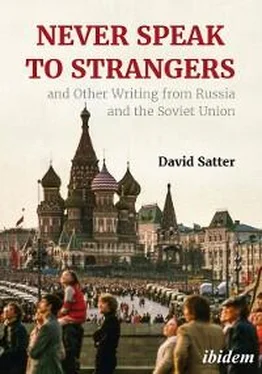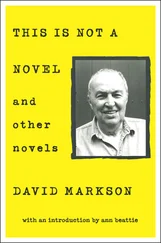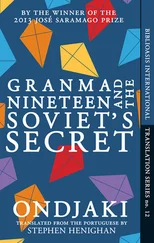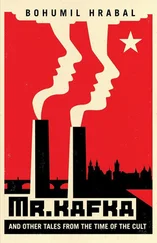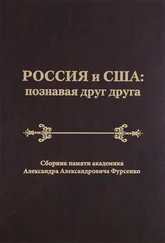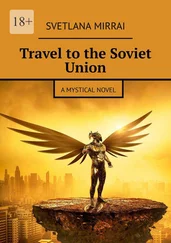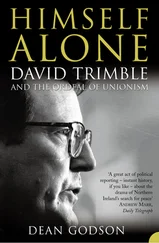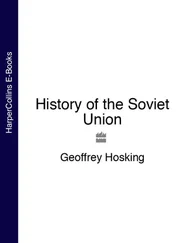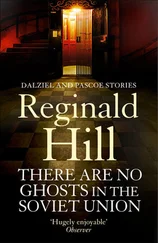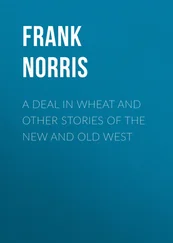Financial Times, Tuesday, October 31, 1978
Afghanistan’s Rocky Road to Socialism
In the crowded bazaars of Kabul’s old city, life proceeds at a pace set centuries ago. Craftsmen hone their fine copper, and brass merchants in shallow stalls idly sip tea while veiled women inspect meat carcasses amid swarms of flies.
In a city of 700,000 where many pray five times a day but which has no municipal sewage system, the activities of the middle ages linger on. Itinerant barbers cut their customers’ hair on patches of earth and scribes compose letters for men in flowing robes.
The cities and baked mud villages of Afghanistan have seen little change for centuries but the country now appears on the brink of one of the most important attempts at modernisation in its history and, possibly, it could bring with it unprecedented bloodshed.
The regime which seized power six months ago in a coup has moved the country appreciably deeper into the Soviet orbit and has pledged itself to abolish feudalism. Mr. Hafizullah Amin, the foreign minister and apparent strongman in the Government, said the goal of the ruling Khalq (People’s) party is to create a modern, Socialist society.
The party is conducting an intensive drive to recruit young men in every village and productive unit in the country at the same time as making many arrests, particularly in the armed forces, and suppressing Islamic revolts in the eastern provinces of Badakhshan, Kunar, Paktia, Logar, and Laghman.
Russians have become the most common foreigners passing through Kabul airport and are now a common sight in Kabul in the crowds behind the Pul-I-Kheshti mosque or strolling past the rug emporiums on Chicken Street under the eyes of suspicious merchants.
The anomaly of a socialist government in a fundamentally conservative, deeply religious country like Afghanistan has not been lost on either the Government or its many actual and potential opponents. Government representatives are being assassinated in the provinces by the Akhwani, the semi-secret Moslem brotherhood and there have been mass desertions from the armed forces and the beginnings of guerrilla activity.
The best estimate of the Khalq Party’s present strength is that it numbers no more than 2,000 hard core members. For purposes of comparison, there are believed to be more than twice that many people under arrest and awaiting an uncertain fate at the Pul-e-Charki prison outside Kabul.
This small, organised group and its Russian backers want to remake this country where the terraced mud and adobe houses rise mirage-like atop each other in clouds of mist and dust on the sides of barren hills and the devout pray on prayermats in the corners of public buildings. To do this, however, they may have to use great violence which the regime is now in no position to apply.
The coup itself is believed to have involved only 600 officers commanding two divisions and an armoured brigade. Loyal units were prevented from coming to the relief of the regime by the air force, under the command of Major General Abdul Qader, a member of the Parcham (flag) Party—rivals of the Khalqists since Afghan Marxist-Leninists factionalised in the 1960s.
As against this, however, the Khalq Government—which, is headed by President Noor Mohammed Tarakki, a poet, ex-shipping clerk, and former Press attaché in the Afghan Embassy in Washington—can count on the support of 2,000 Soviet military advisers and 3,000 Soviet civilian advisers, in all, four times as many Soviet advisers as before the coup.
The regime’s ultimate intentions are far from clear. Government meetings are opened with readings from the Koran in an attempt to still Moslem fears but the actions the regime has taken in promulgating, although not implementing, a policy of dividing up the estates of large landowners, and abolishing smallholders’ debts to money lenders, give an indication of the Socialist direction in which they intend to proceed.
The increasing Soviet presence in Afghanistan and the new regime’s dependence on Soviet support have caused alarm in the West. This is belated in light of the fact that social and political conditions created years ago made it a virtual certainty that any modernising government would inevitably be Soviet oriented.
With 60 per cent of the population of 17 m seeking out a living as farmers, an ossified social structure and mass illiteracy, the voluntary processes of a market economy have long seemed to many educated Afghans to have little to offer.
Soviet influence was first established in the 1950s when the Russians agreed to supply Afghanistan with arms after the U.S. turned down Afghan requests for arms in connection with the border dispute with Pakistan. Young Afghan officers thereafter spent up to seven years training in the USSR. Many returned to join the Khalq or Parcham parties.
In the last 20 to 25 years, Soviet assistance has totalled $1.5 bn—more than that provided by any other country. The impact of this was to bring Soviet advisers into the ministries, particularly of planning and mines and industries. A Soviet model of development based on industrialisation is accepted by the Government—as it was by the former regime of President Mohammed Daoud—as the most valid approach for Afghanistan’s future development.
Under the Daoud Government, the situation in Afghanistan, however, was one of complete stagnation. In a country where half the children die before the age of five, the Daoud regime had no stated commitment to development.
A member of the Mohammad Zai clan, which had ruled Afghanistan for 200 years, Mr. Daoud did not make use of a Soviet credit line worth $308m. The smallest Western aid proposals were debated at Cabinet level where weeks were lost in arguments over the wording of agreements. In April of this year, Mir Akhbar Khaibar, a leading Parcham ideologist, was assassinated by unknown persons. Between 15,000 and 20,000 people took part in the funeral and a demonstration at U.S. Embassy, frightened the Daoud Cabinet and led to the arrests of Mr. Tarakki and Mr. Amin, the organisers of Khalq support in the armed forces. On April 27, a Cabinet meeting was called to consider purges in the armed forces. This triggered the coup.
The coup has been described as “desperate, daring and do or die”—it was violent, involving heavy fighting and hundreds of deaths, including those of Mr. Daoud and his family, and its outcome was uncertain all through the night of the 27th. Its success was followed by waves of arrests in the armed forces and a purge of the civil service.
As soon as the new Government had organised itself, however, the Khalqists began the elimination of their Parchamist partners in the coup starting with the dispatch of Mr. Babrak Karmal, former leader of the Parcham, and four other Parchamists to ambassadorial posts and their subsequent dismissal. This was followed by the arrest of Gen. Qader.
The purge of Parcham leaders was followed by the arrests of rank and file Parchamists in the armed forces and a second purge of the civil service.
These measures secured a Khalq monopoly of power but whittled down the regime’s base still further. Public lectures, rallies in military units and factories, and the requirement of Khalq membership for important posts are all now being used to swell the party’s ranks.
The purges appear to be over for the time being and there are signs that the new Government is growing in self-confidence. The Khalq Party still declines to refer to itself as “Marxist-Leninist” for fear of posing too sharply the conflict with Islam but two weeks ago, the regime introduced the new Afghan flag, which is entirely red and no longer sports the traditional Islamic colour of green.
Still, the Government is taking no chances. There are 60 tanks inside the palace grounds as a precaution against a counter coup, and an 11 pm curfew is strictly enforced while powerful searchlights nightly sweep Kabul’s surrounding hills. Military units are constantly being shuffled, the command structure is shattered and the air force is grounded.
Читать дальше
